10 Powerful Tips to Master the Art of Meditation and Mindfulness
Embarking on the path of meditation and mindfulness is akin to setting sail on an expansive ocean of inner peace and self-discovery. In a world that spins at an ever-increasing pace, finding tranquility can seem elusive. However, the art of meditation and mindfulness offers a refuge, a place where one can cultivate inner calm and clarity. This journey is not just about sitting in silence but involves a profound transformation of the mind and spirit. It invites you to explore the depths of your consciousness, fostering a sense of presence and awareness that transcends the mundane. This article will guide you through 10 insightful tips that serve as beacons, illuminating the path to mastering meditation and mindfulness. Each section will delve into unique aspects of this practice, offering practical advice and philosophical insights to enrich your journey. Whether you are a novice or a seasoned practitioner, these tips are designed to deepen your understanding and enhance your practice, ultimately leading you to a more mindful and fulfilling life.
1. Understanding the Basics: What is Meditation and Mindfulness
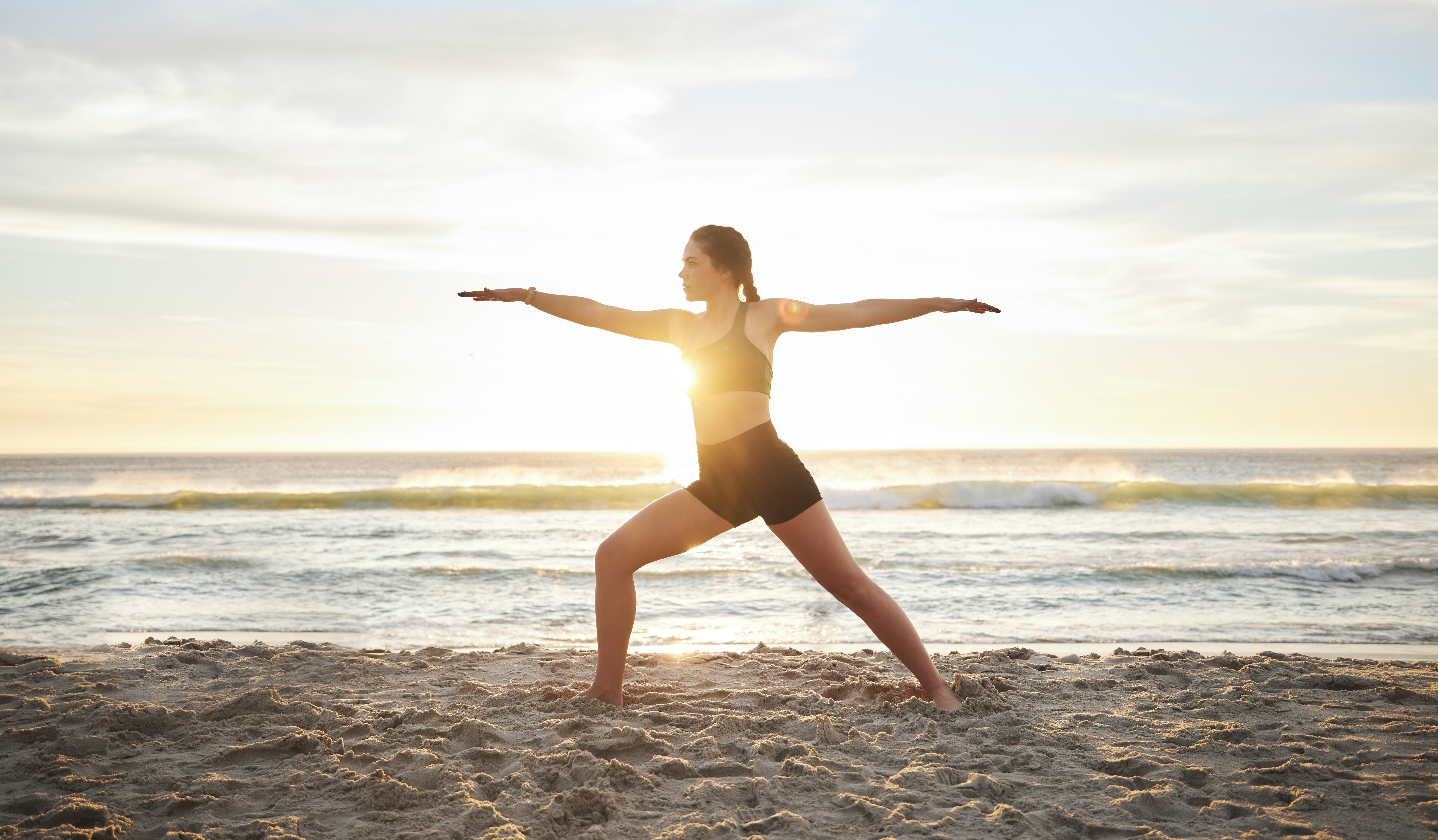
Before diving into the practice, it's essential to grasp the fundamental concepts of meditation and mindfulness. Meditation is often described as a practice where an individual uses a technique—such as mindfulness, or focusing the mind on a particular object, thought, or activity—to train attention and awareness, achieving a mentally clear and emotionally calm state. Mindfulness, on the other hand, is the quality of being present and fully engaged with the current moment, free from distraction or judgment. It’s about being aware of your thoughts and feelings without getting caught up in them. Understanding these definitions helps set the foundation for your practice. By distinguishing between meditation as a practice and mindfulness as a state of being, you can better appreciate how they complement each other. Meditation serves as a tool to cultivate mindfulness, while mindfulness enhances the quality of meditation. This symbiotic relationship is crucial for anyone seeking to master these arts, as it allows for a more integrated approach to mental and emotional well-being.
2. Creating Your Sacred Space: The Environment for Meditation
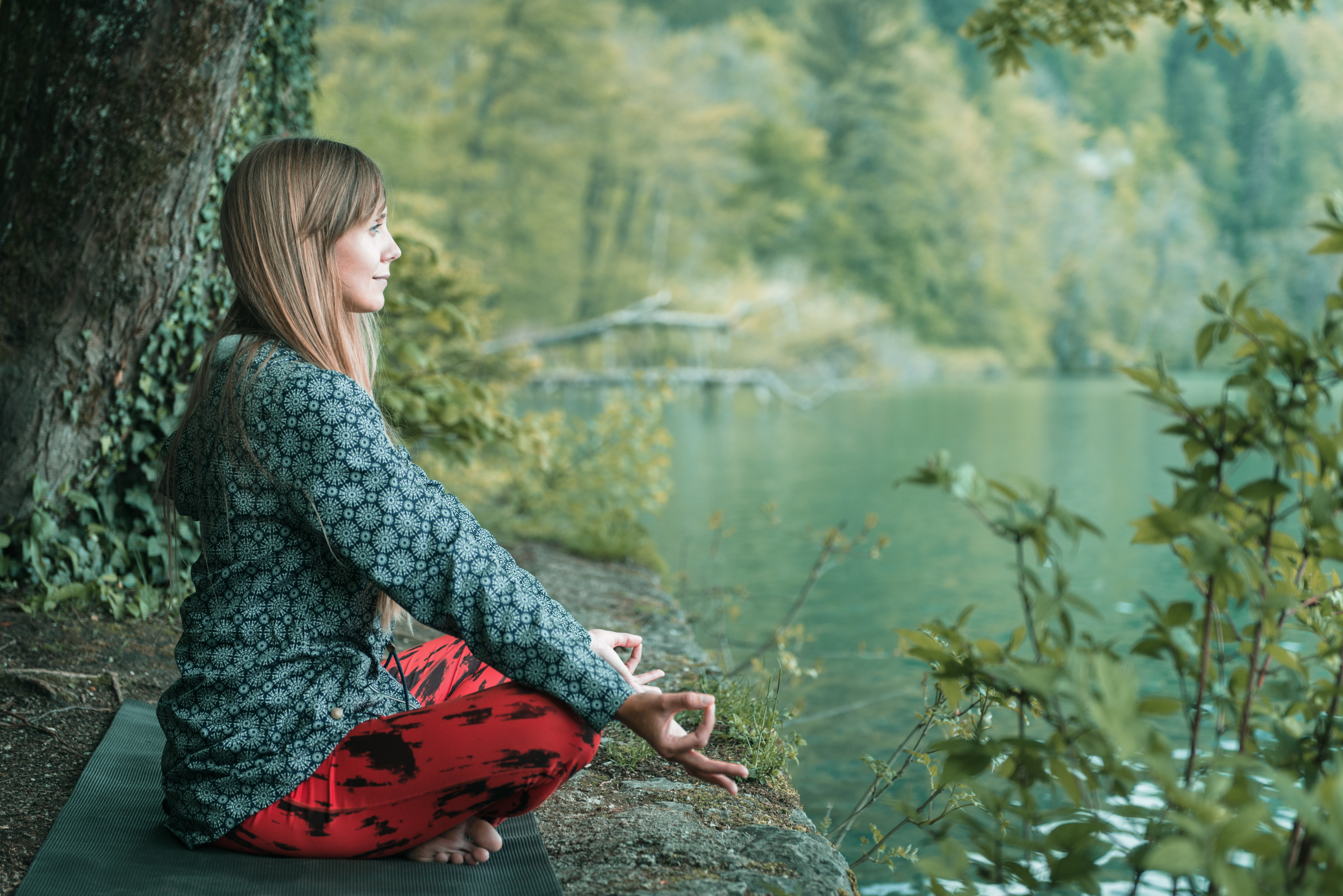
The environment in which you meditate can greatly influence the quality of your practice. Creating a sacred space dedicated to meditation is a powerful way to enhance your experience. This space should be comfortable, quiet, and free from distractions. It could be a corner of a room, a dedicated room, or even a spot in a garden. The key is to make it a place where you feel at peace. Consider incorporating elements that promote relaxation and focus, such as candles, incense, or soothing music. Personalize it with items that inspire you, like meaningful objects or artwork. The physical act of setting up your space can also be a meditative practice, allowing you to begin your session with intention and mindfulness. This sacred space becomes a sanctuary for your mind, a place where you can retreat from the chaos of daily life and connect with your inner self. Over time, simply entering this space can trigger a sense of calm and readiness for meditation, reinforcing the habit and deepening your practice.
3. The Breath: Your Anchor in Meditation

Breath is a fundamental component of meditation, serving as an anchor that grounds you in the present moment. Focusing on your breath helps quiet the mind, drawing your attention away from the myriad distractions of daily life. Begin by observing your natural breath, noticing the rhythm and sensation as it flows in and out of your body. This simple act can be profoundly calming, as it brings your awareness to the here and now. As you progress, you can experiment with different breathing techniques, such as deep belly breathing or alternate nostril breathing, to enhance your practice. Each technique offers unique benefits, from reducing stress to increasing concentration. The breath is also a powerful tool for managing emotions. By consciously controlling your breath, you can influence your emotional state, promoting feelings of calm and relaxation. Over time, this practice of mindful breathing becomes second nature, a tool you can use anytime, anywhere, to center yourself and maintain mindfulness throughout your day.
4. Embracing the Present: Mindfulness in Daily Life
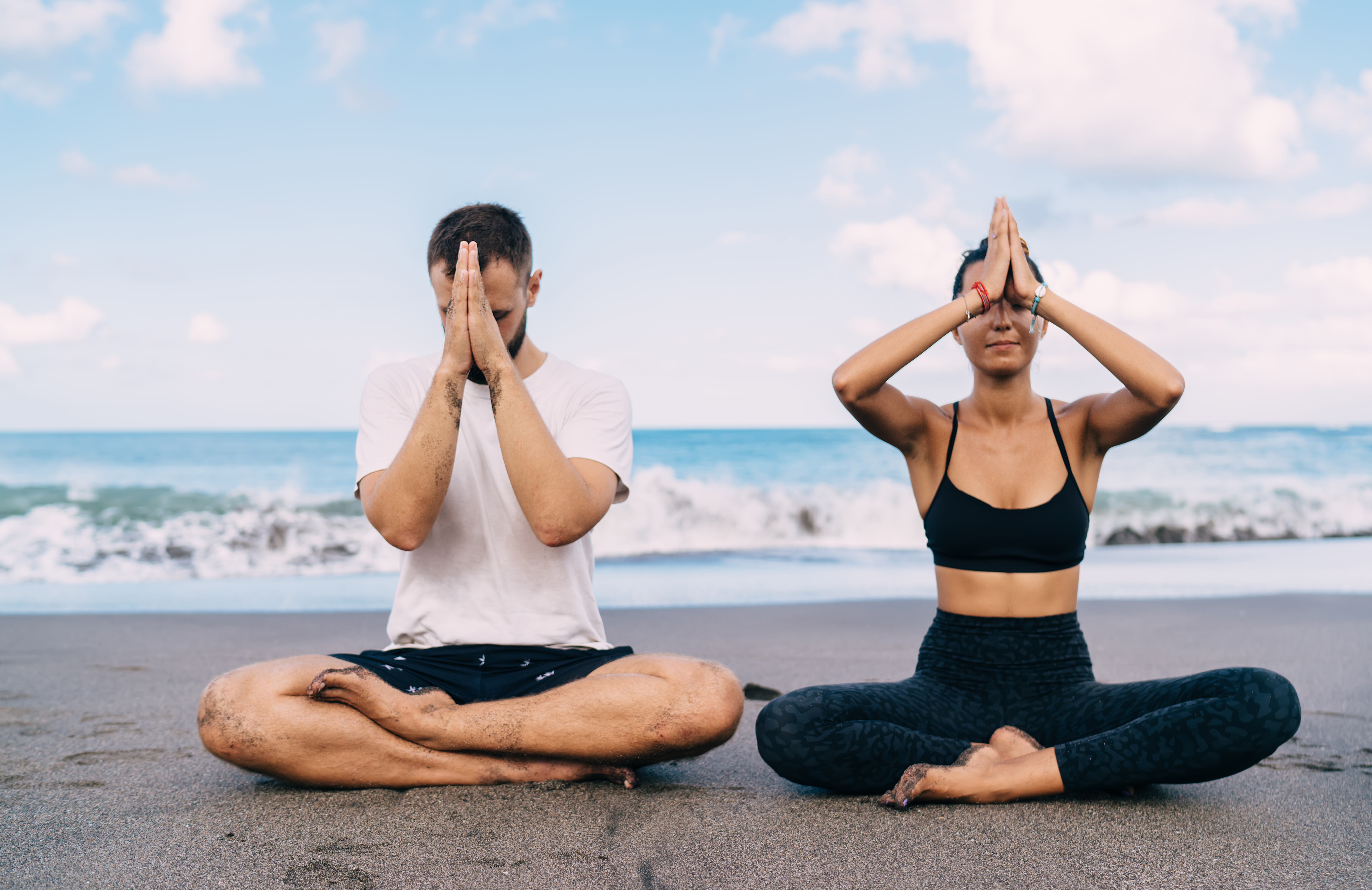
Mindfulness is not confined to your meditation sessions; it is a way of life. Embracing mindfulness in your daily activities allows you to carry the peace and clarity of meditation into every aspect of your life. Start by bringing your full attention to simple tasks, such as eating, walking, or washing dishes. Notice the sensations, smells, and sounds, and engage with them fully. This practice helps break the cycle of autopilot living, where you move through your day without truly experiencing it. Mindfulness encourages you to live each moment with intention and awareness, fostering a deeper connection with yourself and the world around you. It also enhances your ability to respond to situations with clarity and calmness, rather than reacting impulsively. By cultivating mindfulness in daily life, you build a bridge between your meditation practice and your everyday experiences, allowing the benefits of meditation to permeate every aspect of your life, leading to a more balanced and harmonious existence.
5. Overcoming Challenges: Dealing with Distractions and Restlessness

Meditation and mindfulness practice is not without its challenges. Distractions and restlessness are common obstacles that can hinder your progress. It’s important to approach these challenges with patience and compassion. Understand that the mind is naturally prone to wandering, and distractions are a normal part of the process. When you notice your mind drifting, gently guide your attention back to your breath or chosen focus point. Restlessness can also manifest as physical discomfort or an urge to abandon the practice. In such moments, acknowledge the discomfort without judgment and explore it with curiosity. Often, these sensations are temporary and will pass if you remain patient. Developing a regular practice can also help mitigate these challenges. Consistency creates familiarity, making it easier to settle into meditation over time. Remember, the goal is not to achieve a perfect state of calm but to cultivate awareness and acceptance of whatever arises during your practice. By embracing these challenges, you strengthen your ability to maintain mindfulness amidst the chaos of life.
6. Guided Meditations: Leveraging External Resources
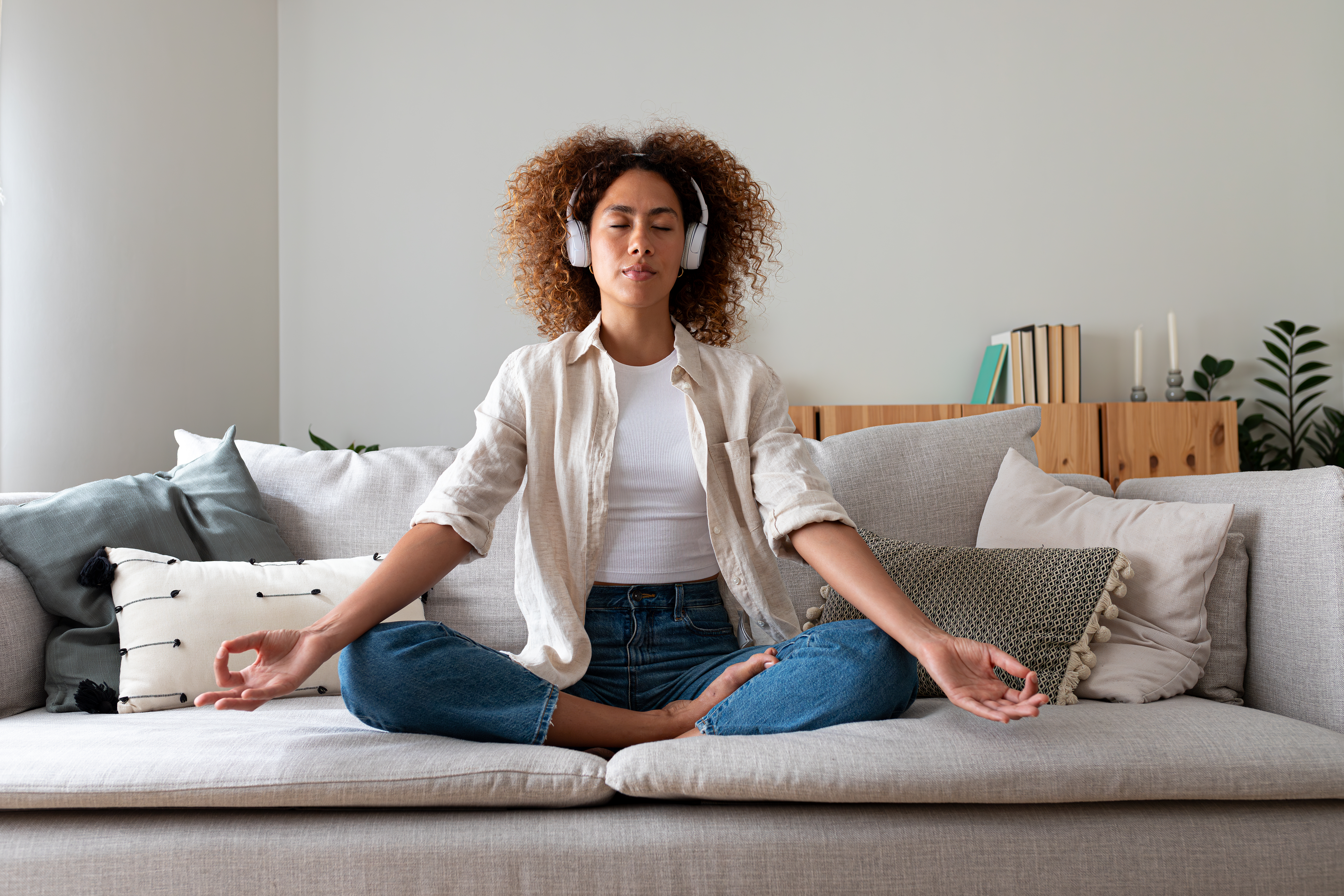
For many, guided meditations serve as a valuable resource in the journey toward mindfulness mastery. These meditations, led by experienced practitioners, provide structure and guidance that can be particularly beneficial for beginners or those seeking to deepen their practice. Guided meditations can cover a wide range of themes, from stress reduction and sleep enhancement to cultivating compassion and gratitude. They often incorporate visualization techniques, body scans, or affirmations, offering varied approaches to suit different needs and preferences. Leveraging these resources can help you explore new dimensions of meditation, keeping your practice fresh and engaging. Additionally, guided meditations can be a source of inspiration and motivation, providing insights and techniques that you can integrate into your personal practice. With the proliferation of meditation apps and online platforms, access to high-quality guided meditations has never been easier. Whether you’re looking to address specific challenges or simply seek a new perspective, guided meditations offer a supportive and enriching addition to your mindfulness journey.
7. Cultivating a Consistent Practice: Building a Routine
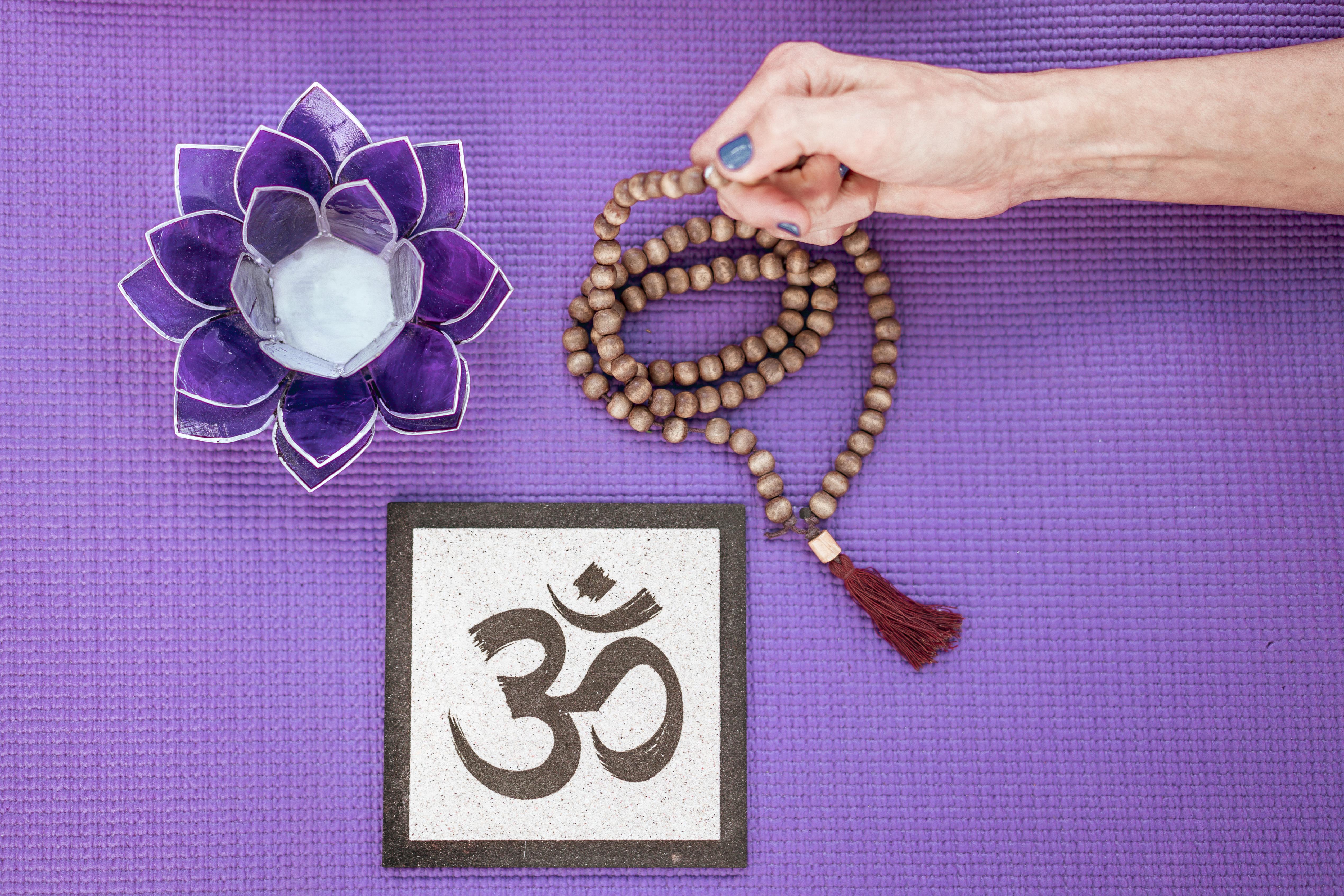
Consistency is key to mastering meditation and mindfulness. Building a routine helps establish meditation as a regular part of your life, making it easier to reap its benefits. Start by setting aside a specific time each day for your practice, whether it’s in the morning to set a peaceful tone for the day or in the evening to unwind. Consistency in timing helps create a habit, making it less likely that you’ll skip sessions. It’s also important to be realistic about your goals. Start with short sessions and gradually increase the duration as you become more comfortable. This approach prevents burnout and helps maintain motivation. Consider incorporating meditation into existing routines, such as practicing mindfulness during your morning coffee or a short meditation before bed. By weaving meditation into your daily life, it becomes a natural and integral part of your routine, rather than a chore. Over time, this consistency will deepen your practice, enhancing your ability to maintain mindfulness throughout your day.
8. Exploring Advanced Techniques: Deepening Your Practice
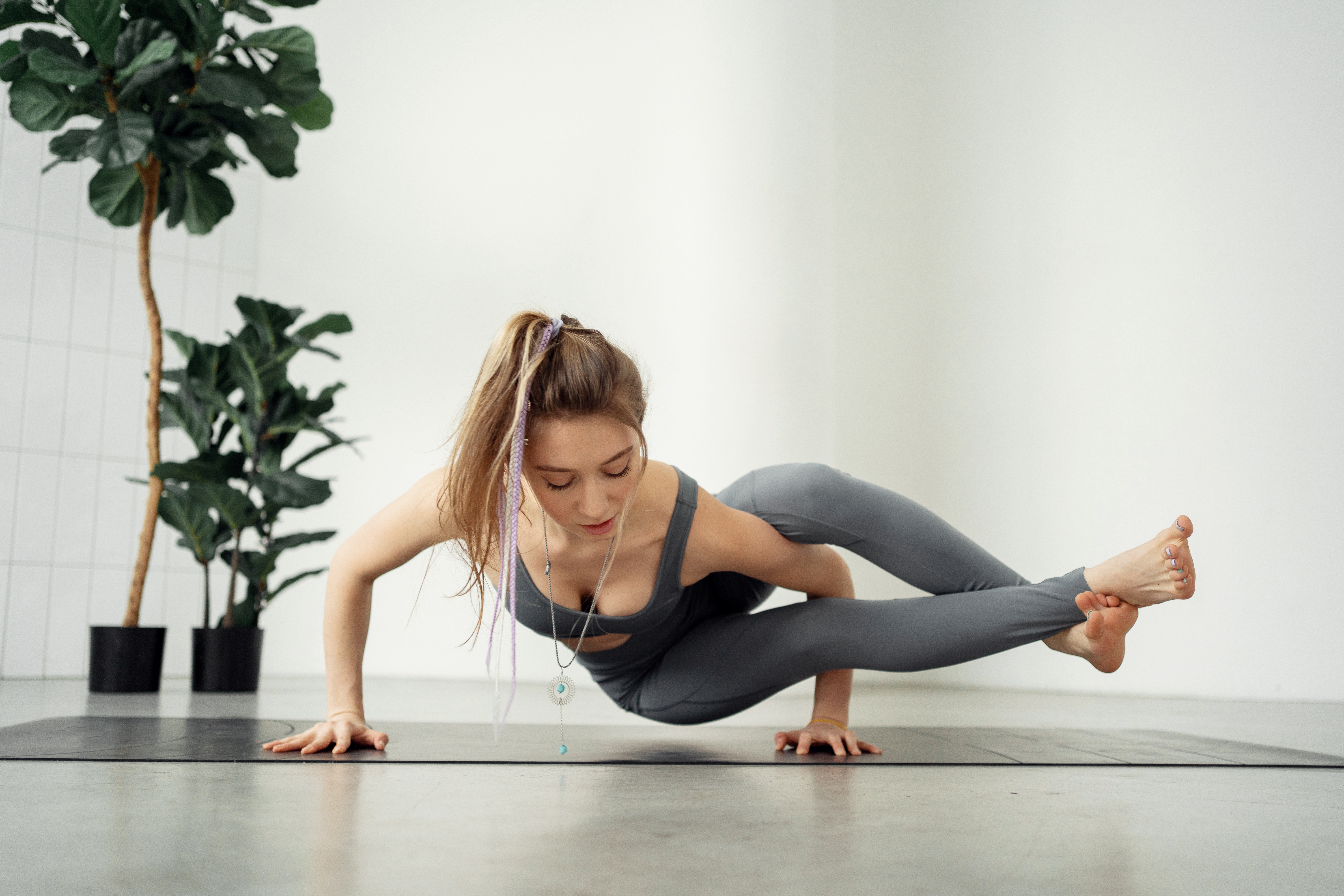
Once you have established a regular practice, you may feel ready to explore advanced meditation techniques to deepen your experience. These techniques can include practices such as loving-kindness meditation, which involves sending goodwill and compassion to yourself and others, or transcendental meditation, which uses a mantra to settle the mind into a state of profound rest. Another advanced technique is vipassana, or insight meditation, which involves observing the sensations in your body as a way to gain insight into the nature of reality. Each of these techniques offers unique benefits and challenges, providing opportunities for growth and exploration. As you experiment with different methods, pay attention to how each one affects your mind and body. This exploration allows you to tailor your practice to your evolving needs and interests, keeping it dynamic and engaging. By delving into advanced techniques, you can deepen your understanding of meditation, uncovering new layers of awareness and insight that enrich your journey toward mindfulness mastery.
9. The Role of Community: Connecting with Fellow Practitioners
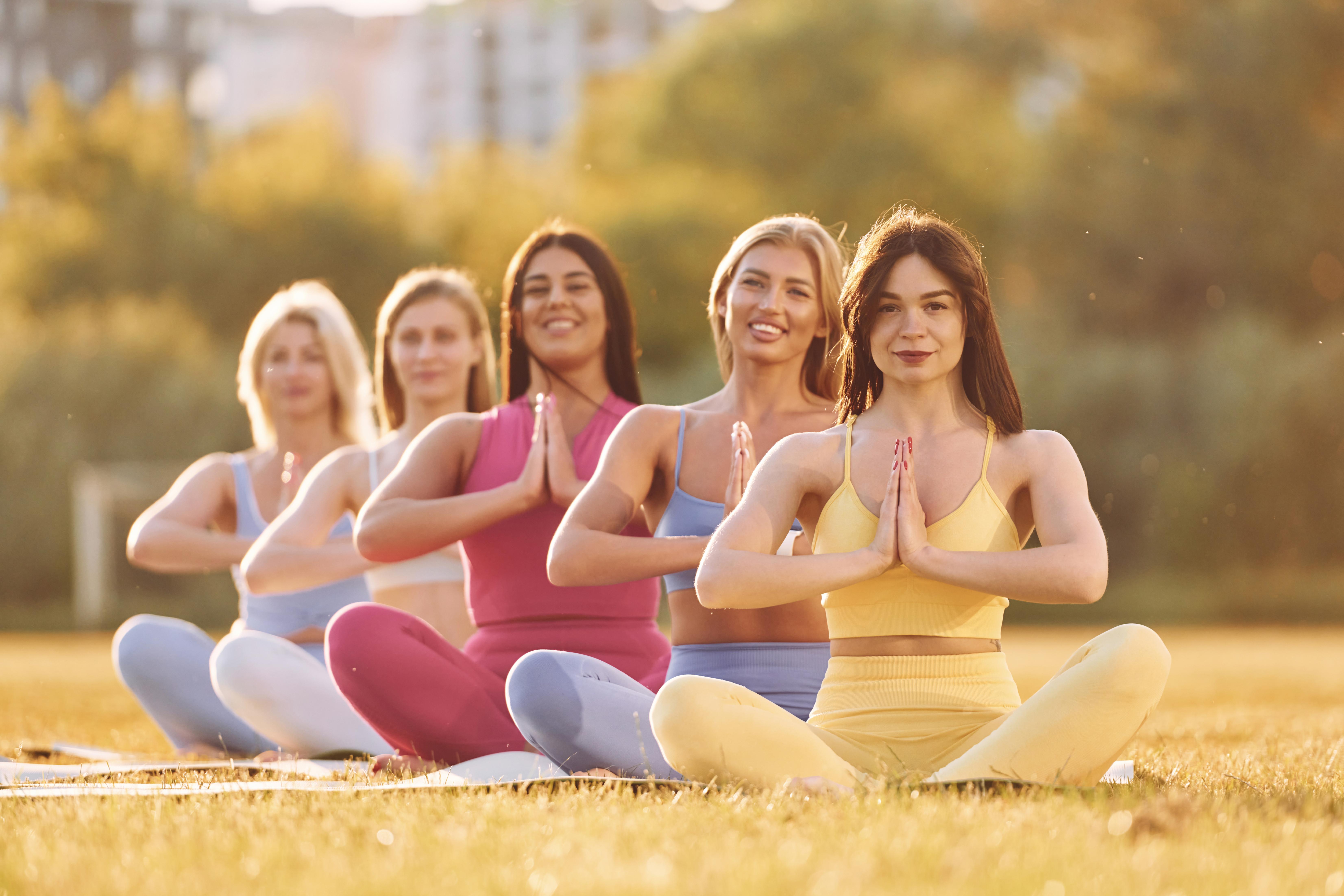
While meditation is often a solitary practice, connecting with a community of fellow practitioners can greatly enhance your journey. Engaging with others who share your interest in meditation and mindfulness provides support, inspiration, and accountability. Joining a meditation group or attending retreats and workshops allows you to learn from experienced teachers and exchange insights with peers. These interactions can introduce you to new perspectives and techniques, enriching your practice. Additionally, a community offers a sense of belonging and shared purpose, reinforcing your commitment to mindfulness. Online communities and forums also provide opportunities to connect with practitioners worldwide, offering a wealth of resources and support. Whether in person or online, engaging with a community can help you navigate challenges, celebrate successes, and deepen your understanding of meditation. By fostering connections with others on the same path, you create a network of support that sustains and enhances your journey toward mindfulness mastery.
10. Incorporating Mindfulness into Movement: Meditative Walking and Yoga
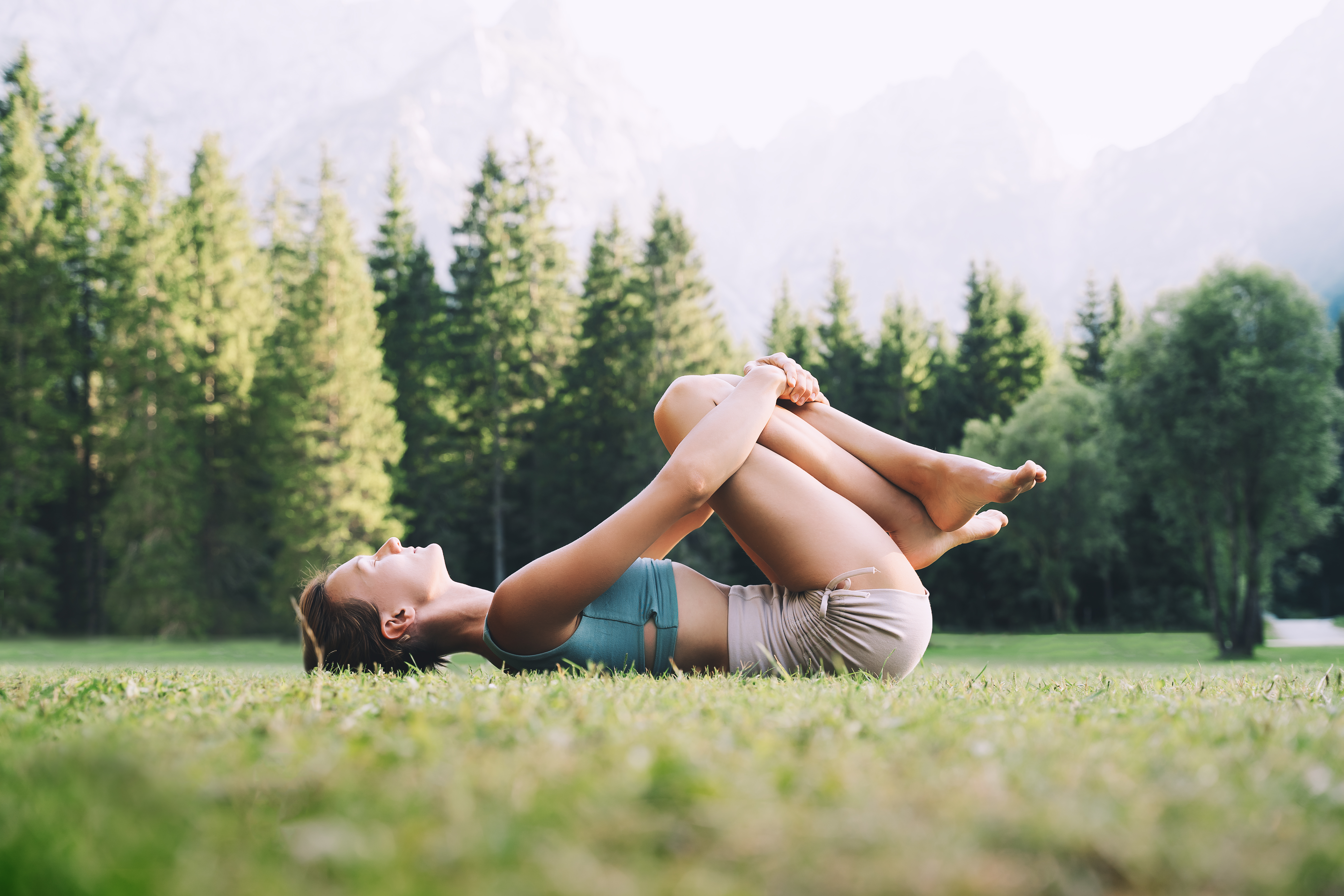
Many people associate meditation with sitting in stillness, but mindfulness can also be cultivated through movement. Meditative walking and yoga offer powerful ways to integrate mindfulness into daily life, combining physical movement with mental clarity. Walking meditation, a practice deeply rooted in Buddhist traditions, involves moving slowly and deliberately, paying close attention to each step and breath. By engaging with your senses—feeling the ground beneath your feet, noticing the rhythm of your breath, and being fully present in the act of walking—you can turn a simple stroll into a deeply grounding experience. Similarly, yoga enhances mindfulness by synchronizing movement with breath, encouraging practitioners to stay present in each pose and transition. Whether you choose a dynamic flow or a gentle restorative session, yoga helps release physical tension while cultivating inner peace. By incorporating mindful movement into your practice, you expand your meditation beyond seated stillness, making mindfulness an integral part of your daily activities and overall well-being.
The Ongoing Journey of Mindfulness Mastery
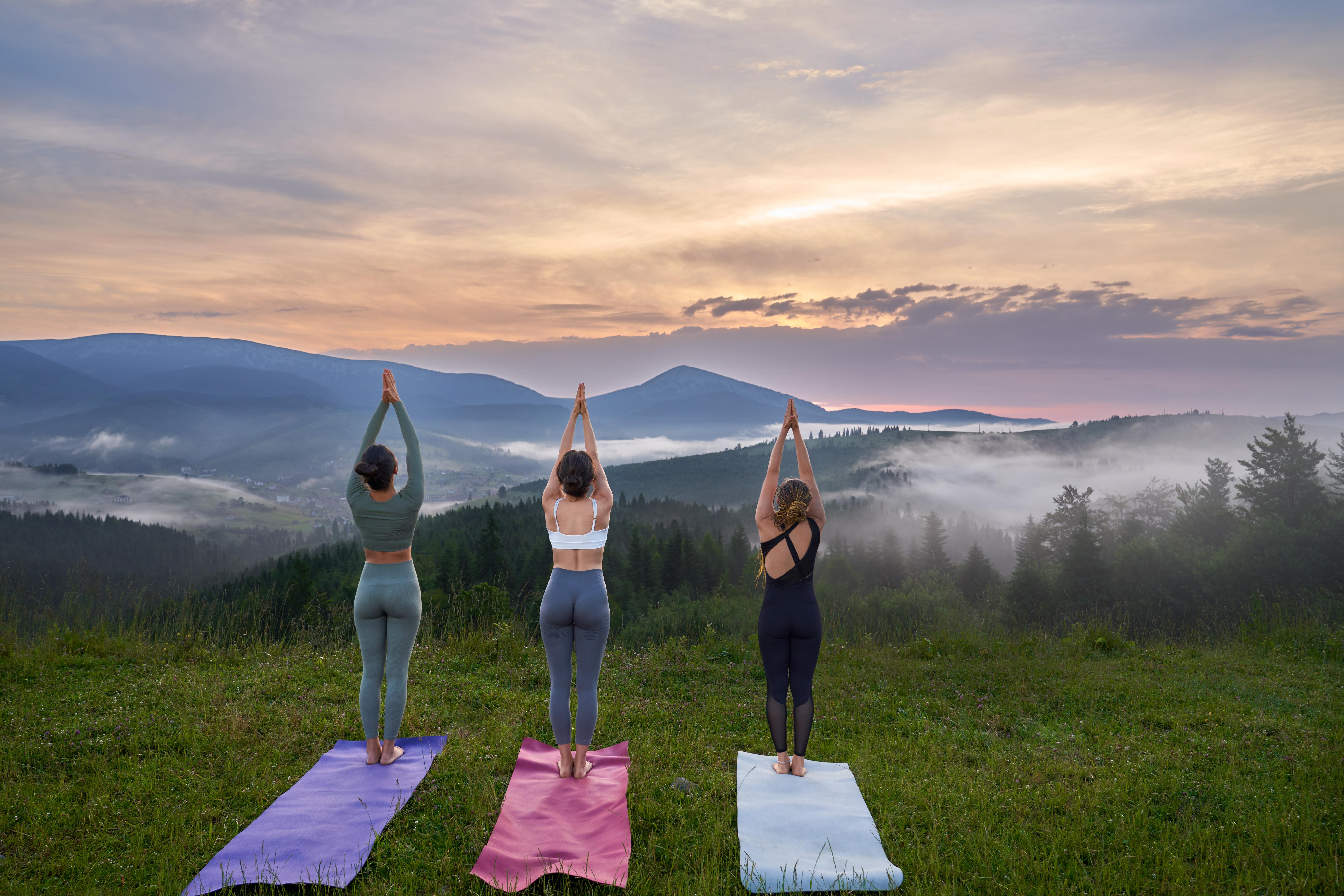
As we conclude this exploration of meditation and mindfulness, it’s important to recognize that mastery is not an endpoint but an ongoing journey. The practice of meditation is a lifelong endeavor, continually evolving as you grow and change. Each moment of mindfulness is a step toward greater awareness and understanding, offering new insights and opportunities for growth. Embrace the journey with patience and curiosity, knowing that each experience, whether challenging or serene, contributes to your development. The tips outlined in this article serve as guideposts, helping you navigate the path with confidence and clarity. As you integrate these practices into your life, you’ll discover a deeper connection with yourself and the world around you, leading to a more mindful and fulfilling existence. Remember, the art of meditation and mindfulness is a personal journey, unique to each individual. Trust in your path, and allow the practice to unfold naturally, guiding you toward a life of peace, presence, and purpose.